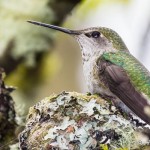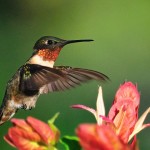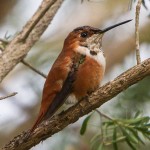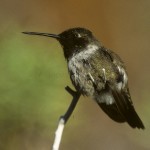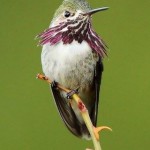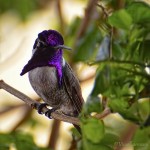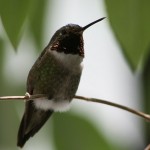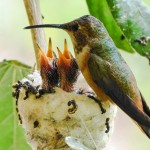As part of the Celebrate Urban Birds program at the Cornell Lab of Ornithology, Celebrate Hummingbirds was created with the purpose of aiding scientists in achieving a better understanding of hummingbirds in urban areas. Like Celebrate Urban Birds, Celebrate Hummingbirds is a citizen science project that uses the help of participants everywhere to gather data on hummingbirds.
Participation in this program is easy, fun, and open to everyone!
In order to participate, simply select a date, time, and place to watch birds for about ten minutes. Once your time is up, all you have to do is let us know whether or not you saw hummingbirds. For those who are up to the challenge, you can even try to identify the hummingbird(s) you saw! And don’t forget: not seeing any hummingbirds is just as significant as seeing them!
You can learn more about our 8 hummingbird focal species down below:
Further Resources on Hummingbirds
Check out this great book on hummingbirds by María del Coro Arizmendi and Humberto Berlanga!
It is completely free. You can download it by clicking on the link below.
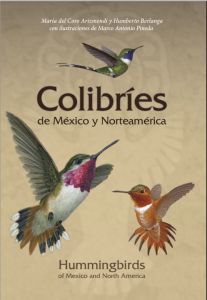
This book is a great guide to learning about hummingbirds not mentioned on this page, but all hummingbirds in general! The book discusses hummingbird anatomy, feeding, reproduction, migration, ecological significance, and so much more. Hummingbirds of Mexico and North America is a bilingual Spanish-English book that you can download here for free, thanks to the support from CONABIO and UNAM in Mexico.
How You Can Help the Hummingbirds!
There are a couple of things that you can do to help the hummingbirds in your area. For those interested in gardening, we recommend certain plants that are particularly nutritious for hummingbirds. Plants that benefit hummingbirds tend to be bell- or tube-shaped and produce delicious and nutritious nectar for the hummingbirds! These plants won’t just help feed hummingbirds, but will look beautiful in your home too! These are great even for those of you that are not all that interested in gardening, since they’re so easy to plant and maintain. They can be planted in your yard or in a container, making them easy to move around.
To help feed the hummingbirds in your area, try growing these plants:
Trumpet Creepers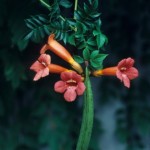 |
Red Columbine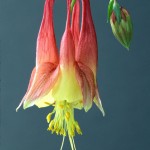 |
Another way you can attract and help hummingbirds is by placing hummingbird feeders just about anywhere! These can be placed on a window, tree, shrub, or anywhere else you can think of that hummingbirds will be able to find. Be sure to keep it away from the sun and predators and in a place that won’t receive too much wind. Feeders should be washed at least once a week, and if mold begins to appear, clean it very carefully to keep it safe for the birds.
Try making a special homemade sugar-water solution for hummingbirds to feed on, by mixing 1/4 cup sugar per cup of water. Be sure not to add any dyes or additives, since these may be toxic to birds. Fill your feeder with this sweet solution to give the hummingbirds in your area a nice treat!
Cool Facts About Hummingbirds
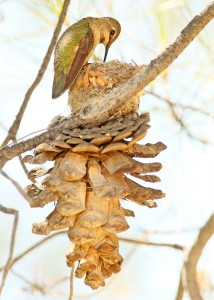
|
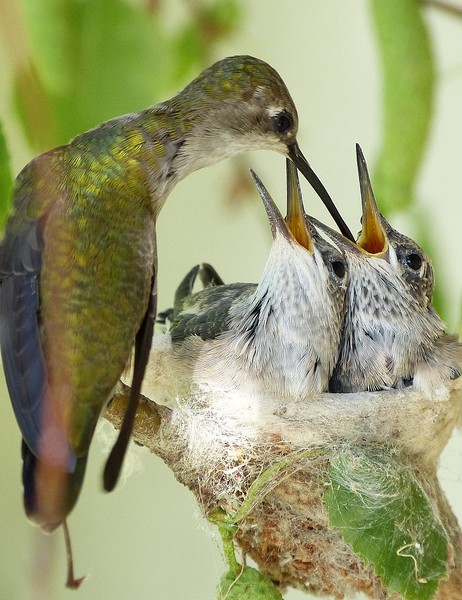
|
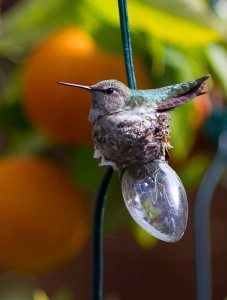
|
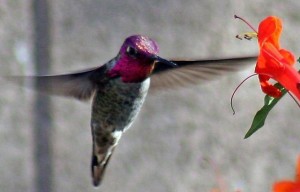
|

|
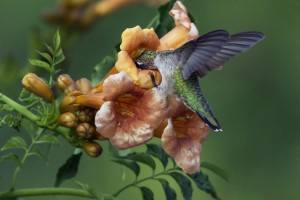
|
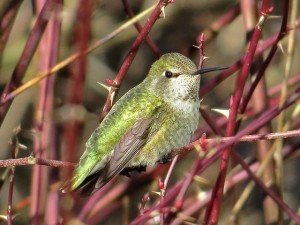
|

|

|
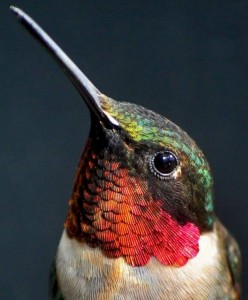
|
